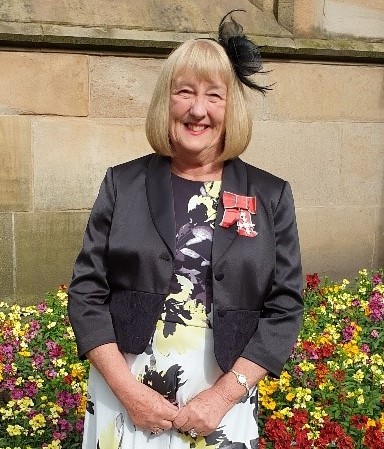You are here: Is London’s diversity reflected in childcare settings?
London is a hugely diverse city. People come to live here from almost every country in the world, and over the years many have chosen to stay and start a family. This diversity is one of the things that makes the city so exciting, and as the mayor Sadiq Khan said earlier this year, Londoners ‘don’t simply tolerate our differences, we celebrate them’.
Parents could reasonably assume that their children's early education will reflect this diversity. But there are big differences in the types of childcare used by different groups in London, and this can mean that children don't have the opportunity to learn alongside a wide range of their peers. Our report - Social mix in London early years provision - published this week for the Greater London Authority finds that 83 per cent of children from Bangladeshi families who use childcare go to a maintained setting - a nursery in a school or one that is run by a local authority - rather than a setting run by a private company or a voluntary group. This compares to just 39 per cent of Black Caribbean children.
Our data doesn't tell us why this is happening, but in most cases it's unlikely to be because parents are rejecting diverse settings for their children. Indeed, many place a high value on their children making friends from different backgrounds. One important factor is that childcare is hyper-local, with childcare settings generally being much smaller than schools. Although London has mostly avoided the type of large-scale residential ethnic segregation than we see in parts of northern England, different ethnic groups are still concentrated in different areas.
Working patterns also seem to be a major factor - some ethnic groups have much higher levels of maternal employment than others. Where both parents are working, it's often difficult for them to use maintained settings as they are usually only available for three hours a day. Where parents are not working, many will only use their 15 hours of free childcare a week, which can be difficult to find in some private and voluntary settings.
This lack of social mix is a problem partly because experts agree that it is positive for children to go to diverse settings, but also because there are real differences in quality between the settings attended by different groups of children. Children from more deprived backgrounds are more likely to attend maintained nurseries - historically, these have more often been situated in poorer areas. In general, these maintained nurseries offer better quality than private provision. As more deprived children have more to gain from high quality early education, this tends to support social equality at first glance.
But this isn’t enough. Alarmingly, our report finds sharp quality gradients for both private and maintained provision according to the deprivation levels of the areas they serve. This means that overall, the poorest children are in lower quality provision than the best off, even once we've taken their higher use of maintained settings into account. There are also striking ethnic inequalities – only one in six Black African children go to a setting rating ‘outstanding’ by Ofsted, compared to one in four White British children.
In most parts of London, local authorities aren't yet taking action on social mix in the early years. We hope that this research will encourage local authorities to think about ways they can make sure children's early experiences reflect the diversity that makes London such a great city to live, work and do business.
More from our blog
Sign up to our newsletter
Get the latest news, research and resources from the Family and Childcare Trust.






